Posted by · Leave a Comment
More than 800 years ago the native American Iroquois people developed and employed a “cooperative” way of planting their three main crops: corn, beans and squash—known as “Three Sisters.”
If planted close together, the corn would provide a stalk upon which the beans would climb. The beans would provide essential nitrogen to the soil and the large squash leaves would provide a ground cover to prevent the growth of unwanted plants and weeds.
We’re pairing two of the three sisters together this year.
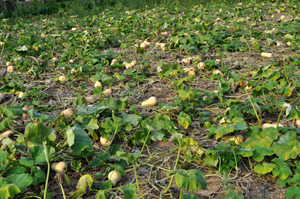 We grow rows and rows of butternut squash to allow proper garden space (after growing butternut for more than 10 years, I am still amazed at the amount of space the squash will eventually require).
We grow rows and rows of butternut squash to allow proper garden space (after growing butternut for more than 10 years, I am still amazed at the amount of space the squash will eventually require).
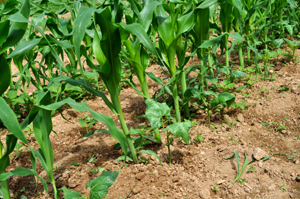 The beans are nestled close to the corn, and once trained, will likely be very happy to hitch a ride on the cornstalks. This saves us the trouble of arranging a trellis of some sort and is a connection to history we’re happy to make.
The beans are nestled close to the corn, and once trained, will likely be very happy to hitch a ride on the cornstalks. This saves us the trouble of arranging a trellis of some sort and is a connection to history we’re happy to make.
‘Three Sisters” was all about maintaining an efficient garden, and environmental harmony as well.
Comments Off on The Three Sisters

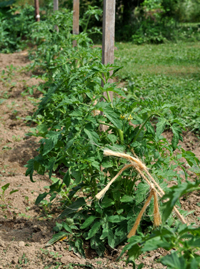
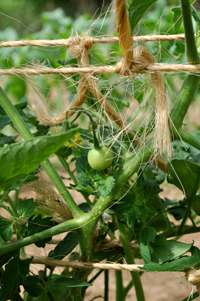 It all begins innocently enough: nothing beats the sweet smell of a little tomato plant on one of your first trips to the greenhouse in Spring (we just don’t bother to start tomato plants by seed—just a preference).
It all begins innocently enough: nothing beats the sweet smell of a little tomato plant on one of your first trips to the greenhouse in Spring (we just don’t bother to start tomato plants by seed—just a preference).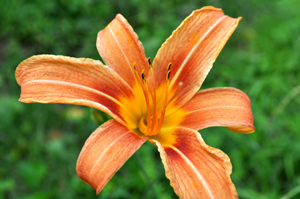 Daylilies are in full, blooming glory along our Pennsylvania roadsides now. I always assumed, because of their location, that these were the native variety. I was wrong (not for the first time, mind you).
Daylilies are in full, blooming glory along our Pennsylvania roadsides now. I always assumed, because of their location, that these were the native variety. I was wrong (not for the first time, mind you).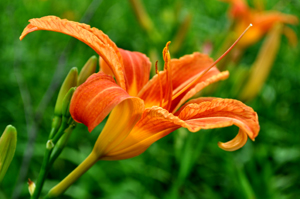 Hemerocallis is the genus name meaning “beauty” and “day”, hence the name “daylily” (each flower lasts only one day). However, I’ve learned through my online research that each daylily clump can produce 200-400 flowers in a season. Multiply that by the hundreds of clumps in any roadside stand of daylilies and you’re in for a spectacular show lasting throughout the better part of the summer!
Hemerocallis is the genus name meaning “beauty” and “day”, hence the name “daylily” (each flower lasts only one day). However, I’ve learned through my online research that each daylily clump can produce 200-400 flowers in a season. Multiply that by the hundreds of clumps in any roadside stand of daylilies and you’re in for a spectacular show lasting throughout the better part of the summer!
